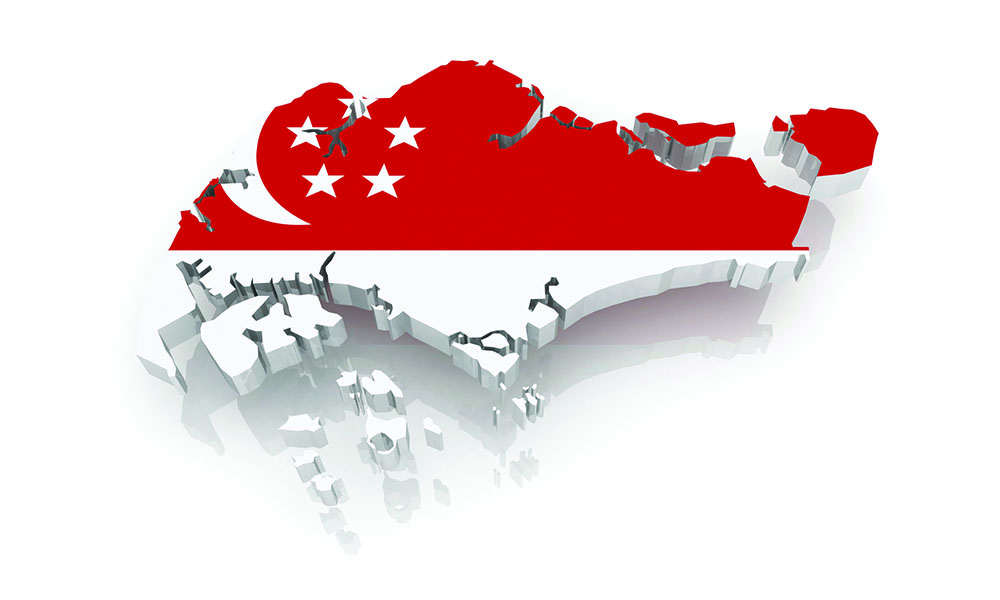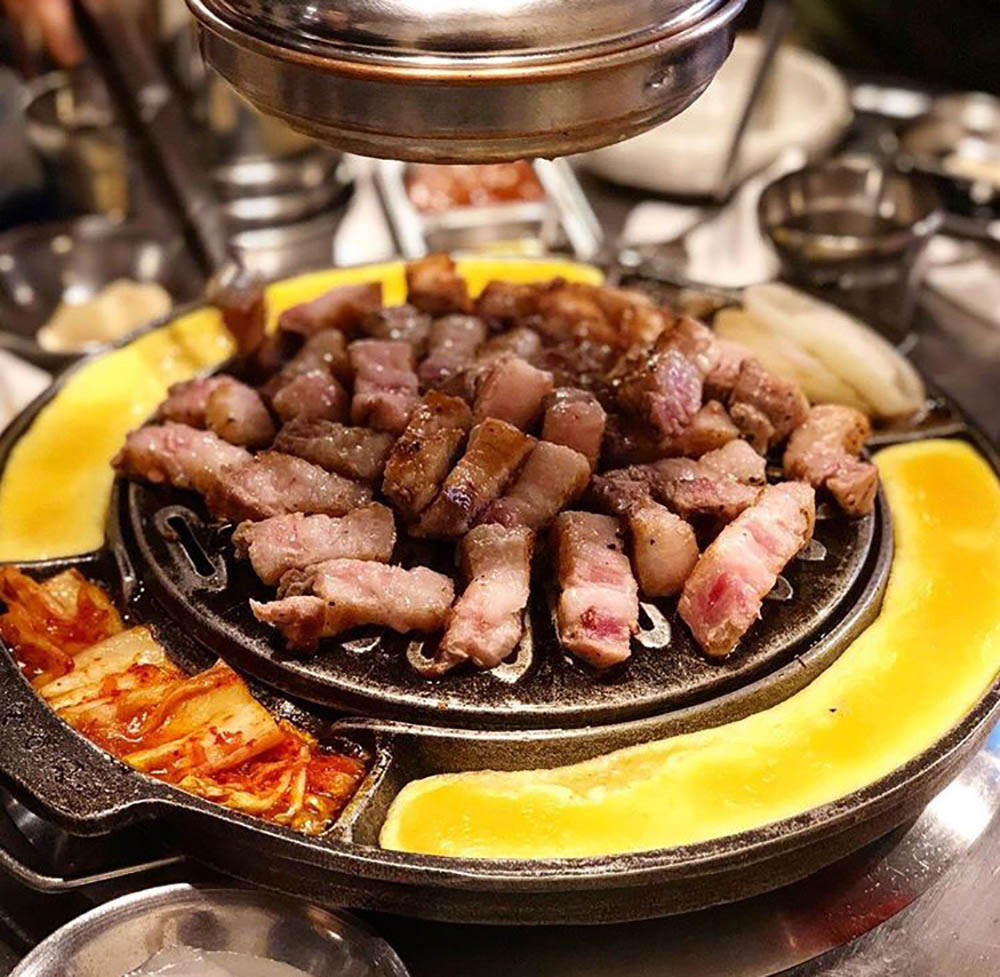By
Singapore– “The fundamental purpose of Chinese propaganda and influence operations in Singapore is to impose a Chinese identity on Singapore”, said a report published on 16 July 2019 by The Jamestown Foundation, a Washington-based think tank. According to the report, the Chinese Communist Party’s (CCP) objective is to influence Singapore to align more closely with the party’s national interests.
According to the report’s author Russell Hsiao, Executive Director of the Global Taiwan Institute, Singapore has long been a target of CCP united front attention.
The city has a history of combating CCP propaganda in the 1950s and 1960s, a time when People’s Republic of China (PRC) leaders sought to export communist revolution to Southeast Asia (National Archives of Singapore, undated).
Avenues of influence
According to the report, titled “A Preliminary Survey of CCP Influence Operations in Singapore”, the CCP’s primary avenues of influence in Singapore include business associations, clan associations, cultural associations.
There are more than 300 clan associations registered in Singapore, which are typically based on locality or kinship by surname. According to the report, such associations “are important links through which the PRC conducts outreach: through cultural exchanges to revolutionary history sites in China, concerts for singing communist songs, ‘birthright’ village/home visits, and so forth”, with these activities being “endorsed by local offices operated by CCP united front organisations.”
The report also singled out the PRC’s China Cultural Centre (CCC), located at 217 Queen Street, as being “part of a broader effort to create a common identity between Chinese China and Chinese Singapore”.
According to the report, ‘business associations in Singapore act as the most powerful lobby for Chinese interests’. It pointed to the incident in 2016 when nine Singapore armoured vehicles were impounded while in transit through Hong Kong. During the incident, the CCP pressured the Singapore government to sever military links with Taiwan (SCMP, 3 Dec 2016) and Singaporean Chinese businessmen “reportedly provided ‘feedback’ to the government to avoid stirring up trouble with China by continuing to train in Taiwan”, said the report.
CCP’s United Front Work in Japan
A separate Jamestown Foundation report on CCP’s work in Japan listed some of the covert united front work entities in Japan. These include the Japanese branch of the China Council for the Promotion of Peaceful National Reunification (CCPPR), the All-Japan Overseas Chinese China Peaceful Reunification Council, the Chinese People’s Association for Friendship with Foreign Countries (CPAFFC) Japan Bureau, the China Association for International Friendly Contact (CAIFC), the Japan China Friendship Association, the Association of Japan-China Cultural Exchange (JCCE), the Japan-China Friendship Center (JCFC), and the Confucius Institute in Japan.
“United front work” is a term used by the CCP to describe efforts to “infiltrate, influence, and indoctrinate non-CCP entities to serve CCP’s objectives”, according to the report. Its theoretical foundation is based on an article written by Mao Zedong that was published in a 1939 issue of ‘The Communists’. Mao’s approach called upon the strategy of ‘forming alliances with secondary enemies so as to attack the prime enemy’.
However, in spite of the united front work capabilities of the CCP in Japan, public attitudes toward China appeared to remain negative. In the ‘Japan-China Public Opinion Survey 2018’ conducted by The Genro NPO , 86.3% of Japanese had an ‘unfavourable’ impression of China, with only 13.1% stating they had a ‘favourable’ impression of China.
















